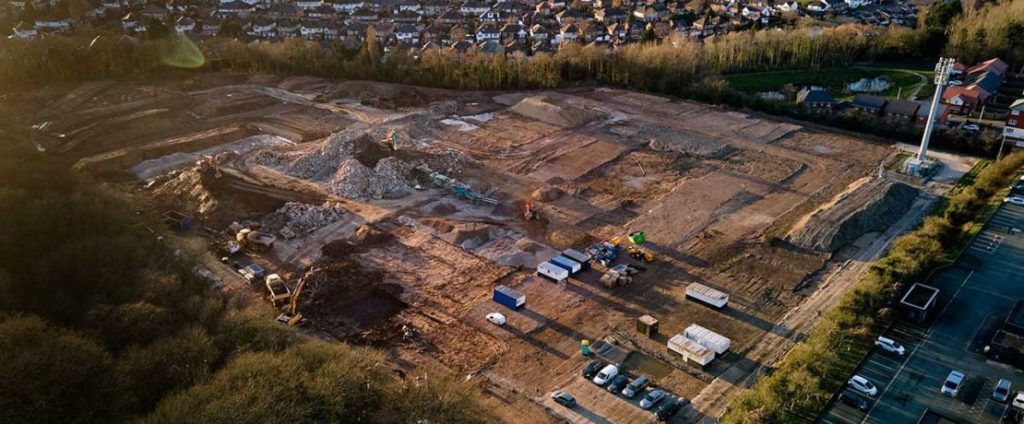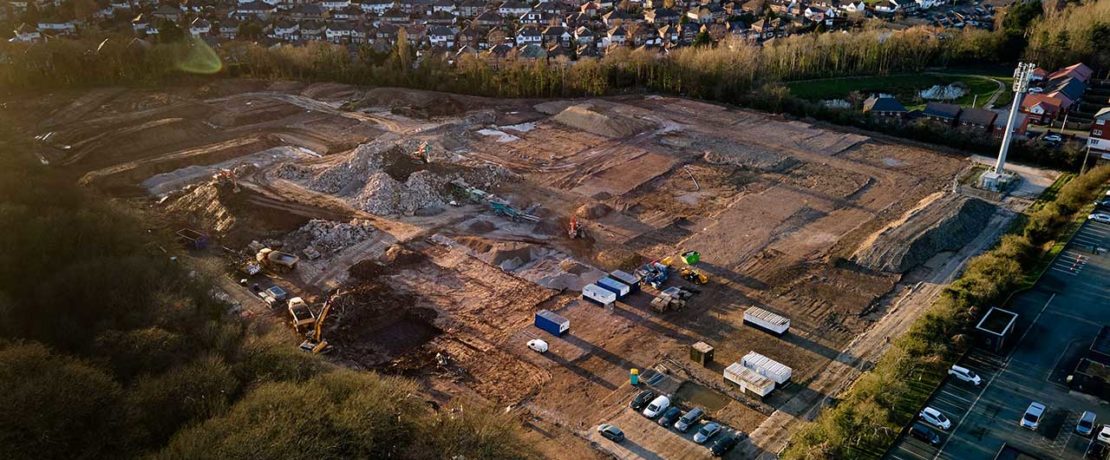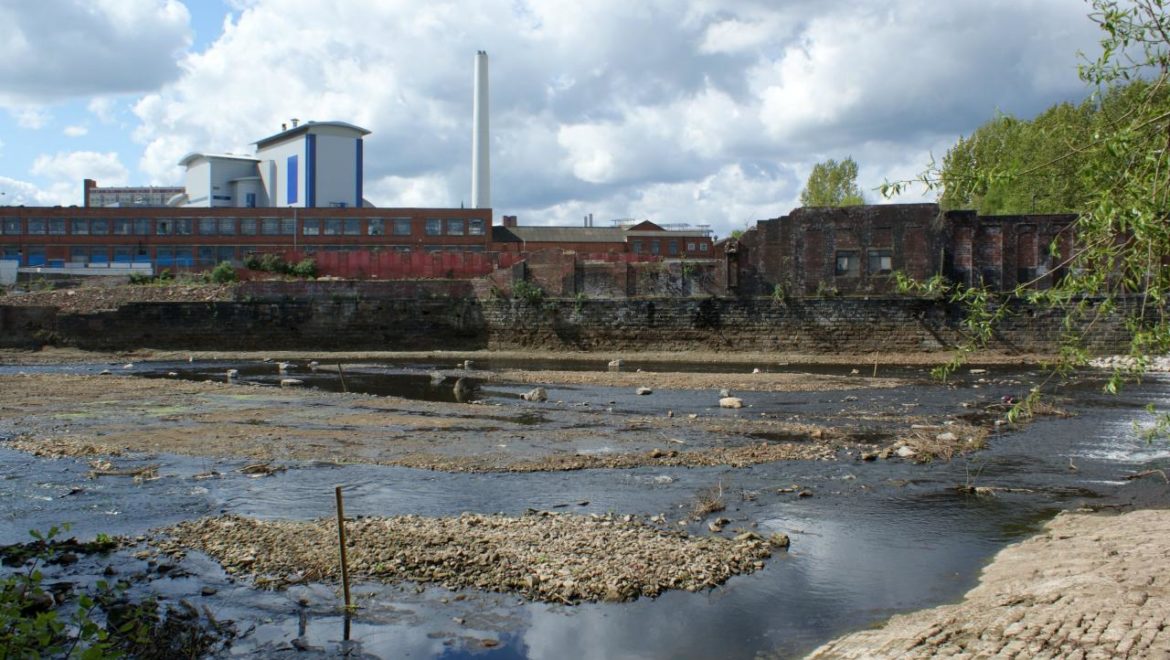Understanding Brownfield and Greenfield Land
Ever wondered about the meaning of the term “brownfield”? Read on to discover all you need to know.
What is Brownfield land?
Firstly, Brownfield land refers to previously developed land that is currently not in use and may potentially be contaminated. So, this term is commonly used to describe land that was previously utilized for industrial or commercial purposes. It is known or suspected to be polluted, including soil contamination due to hazardous waste.
Why is Brownfield land used?
Using brownfield land is advantageous because it involves the redevelopment of previously developed areas, which may have been used for industrial or commercial purposes and are now vacant. By reusing this land, it helps preserve green open spaces, which is beneficial for the environment.
Redevelopment of brownfield sites is a key part of the UK development strategy. It not only addresses environmental health hazards but also contributes to the overall cleanliness and improvement of the city. Moreover, it fosters the restoration of damages within the community. With the need to build an estimated 300,000 new homes annually, brownfield sites offer a potential solution to the UK’s housing shortage.
Furthermore, revitalizing brownfield land can breathe new life into areas that require significant attention, akin to recycling in the context of building development. However, it is crucial that we utilize the land wisely, prioritizing brownfields and safeguarding greenfields.
Now, let’s delve into the concept of “greenfields” and why they hold importance.
Greenfields are areas of land that have not yet been developed upon. Typically, these are open fields or lands restricted from public access, owned either by private individuals or government entities. In addition, the name “greenfield” conveys the idea that these untouched lands will remain green, while developed lands tend to appear brown due to construction and urbanization.










